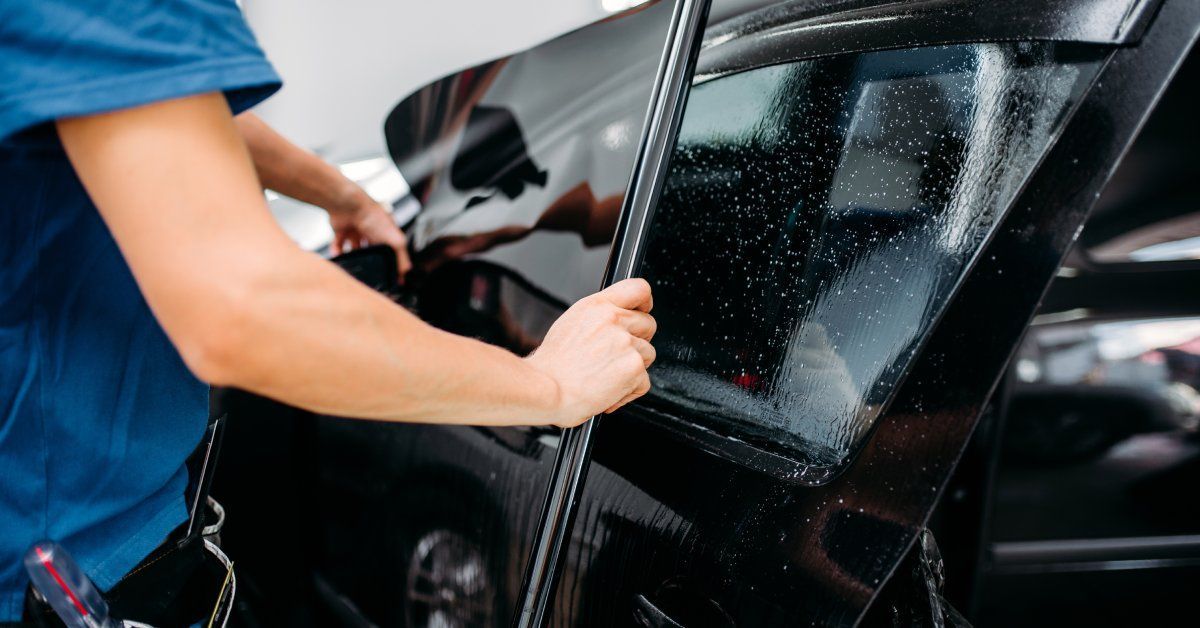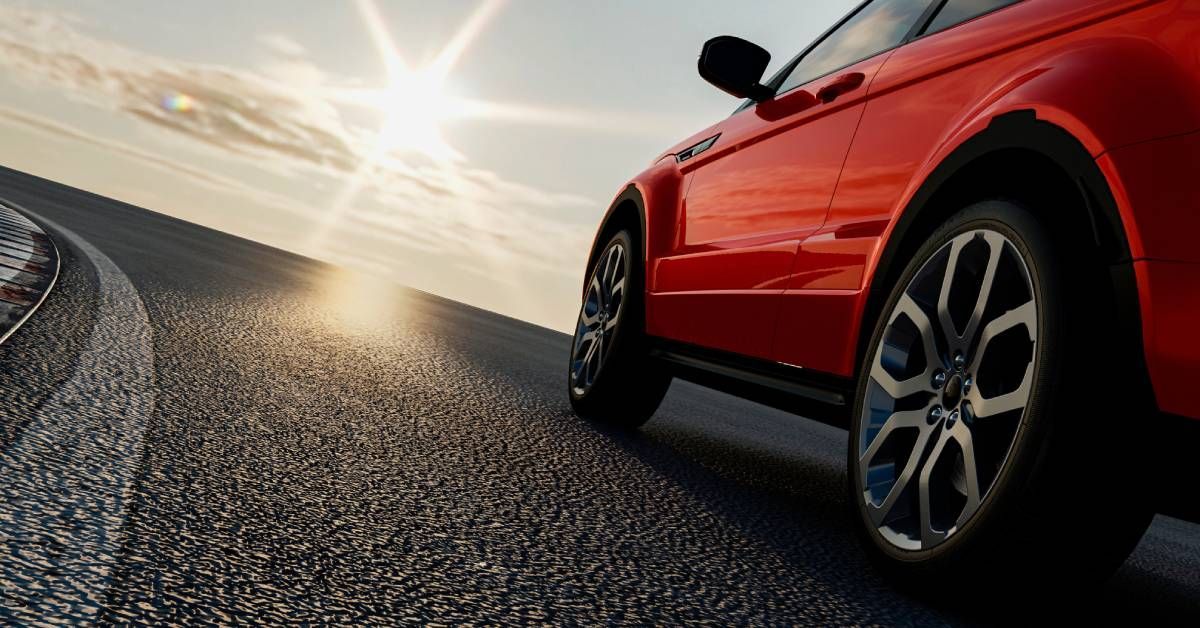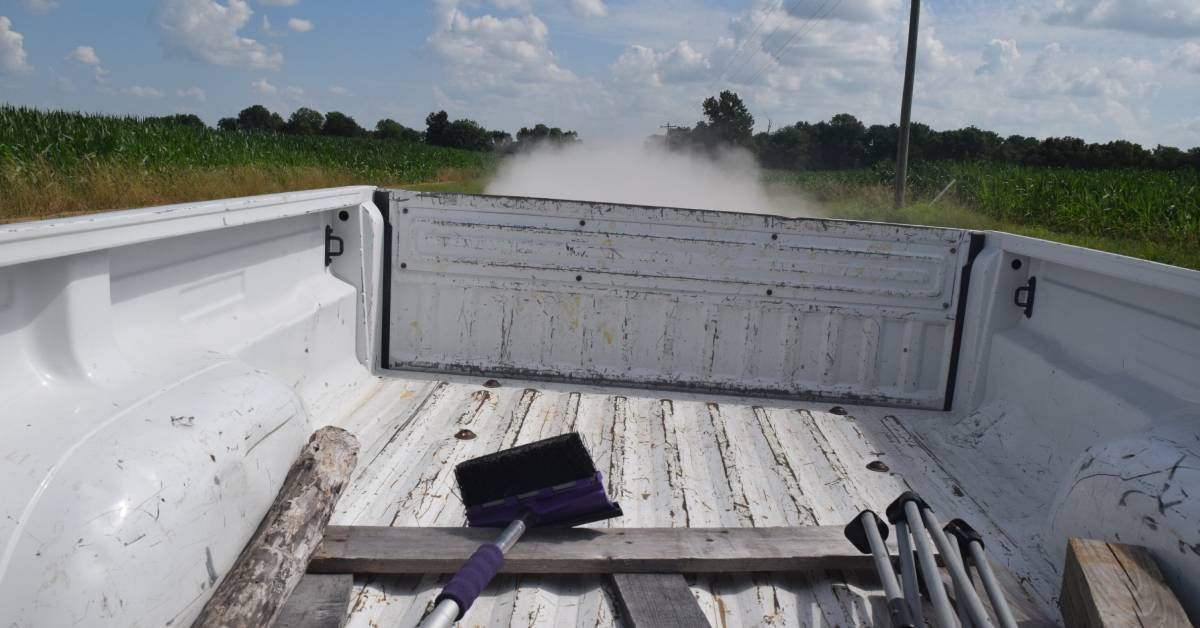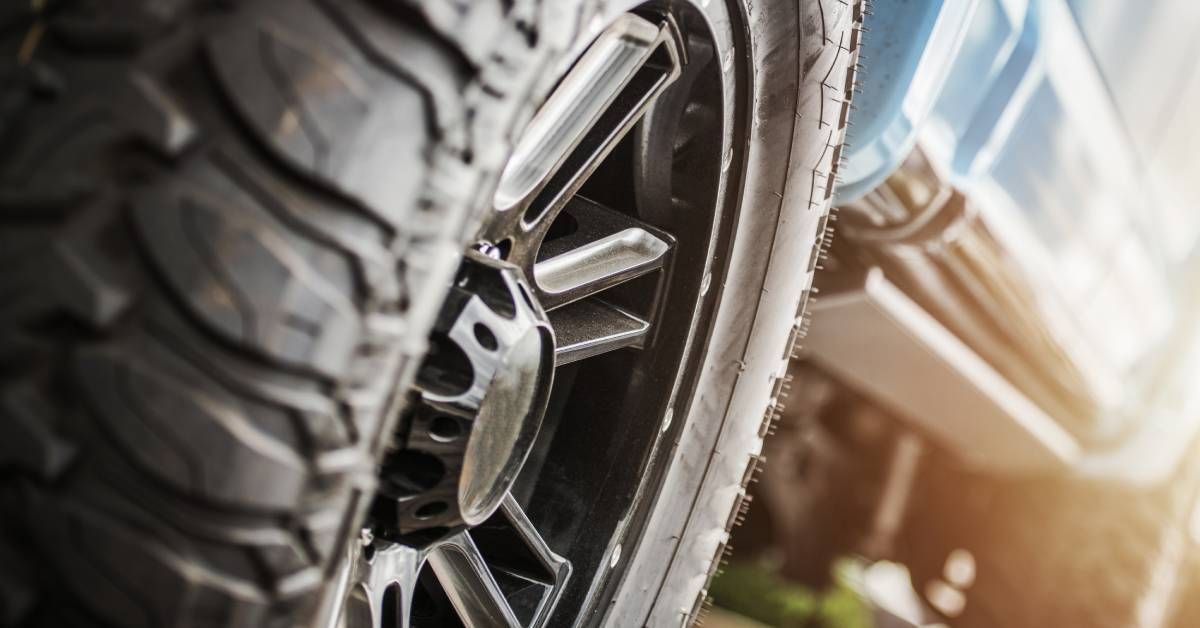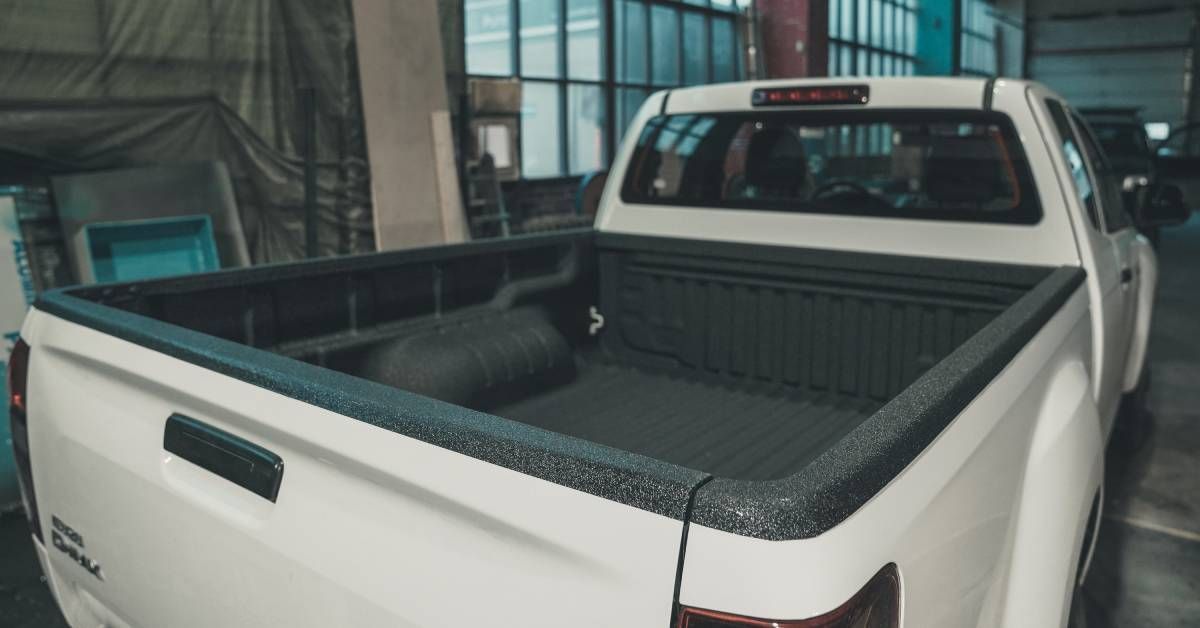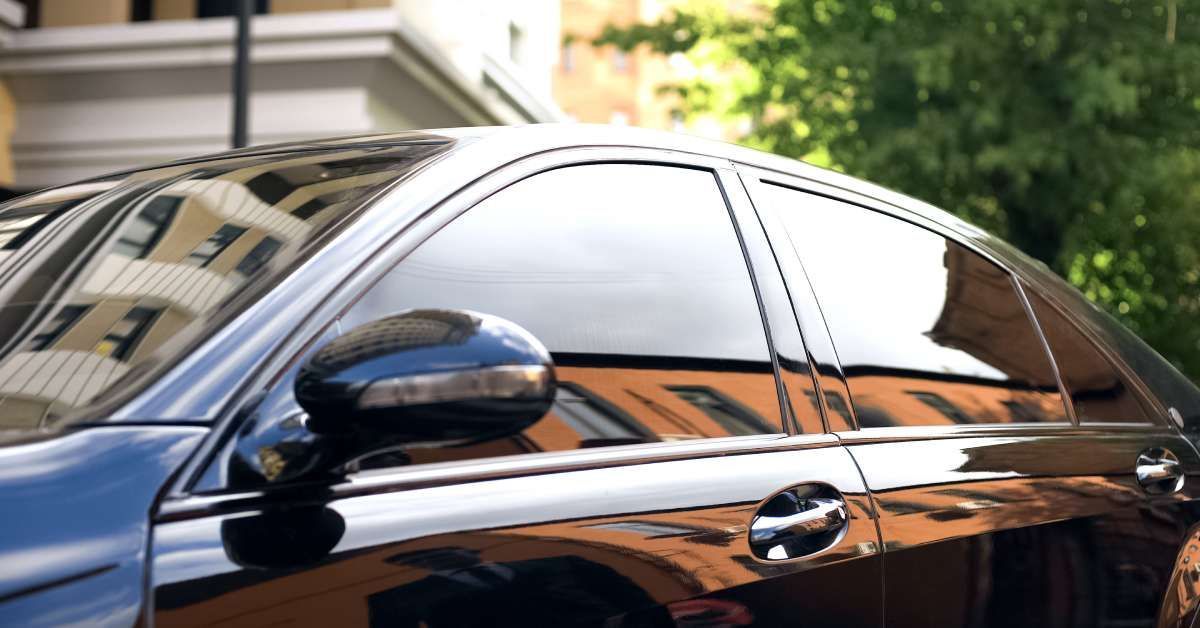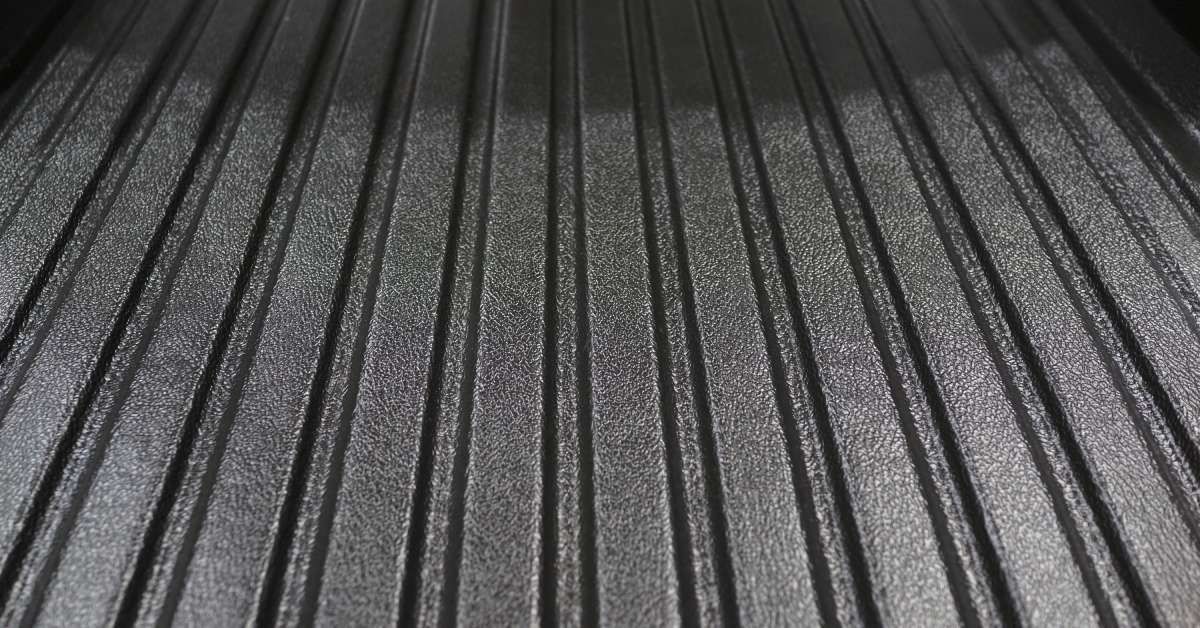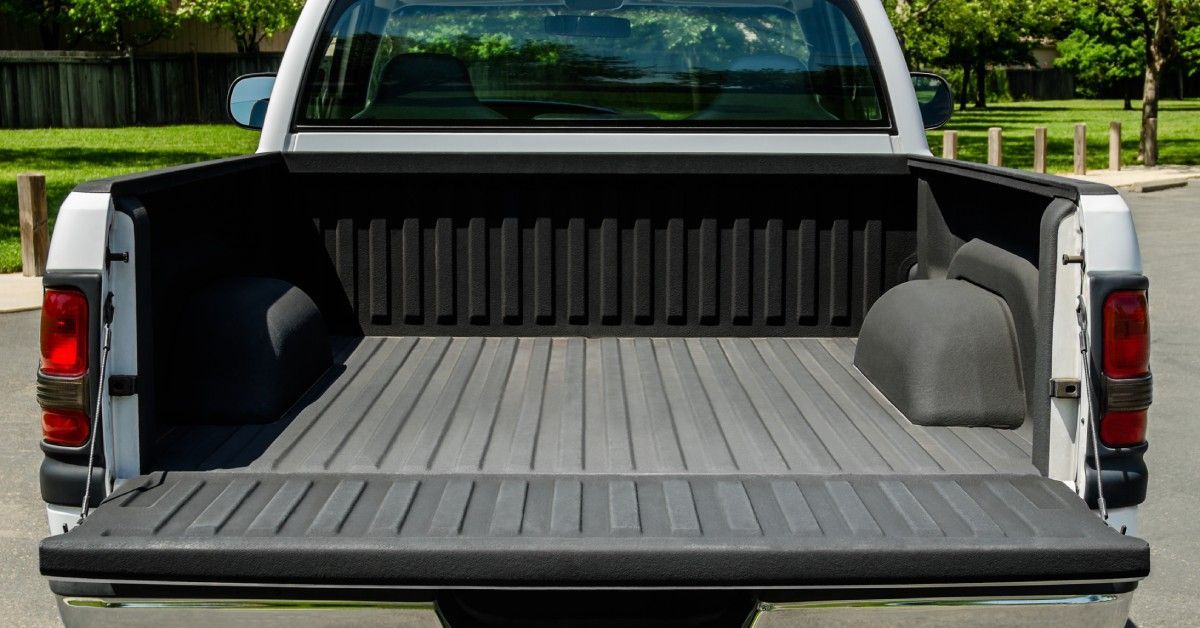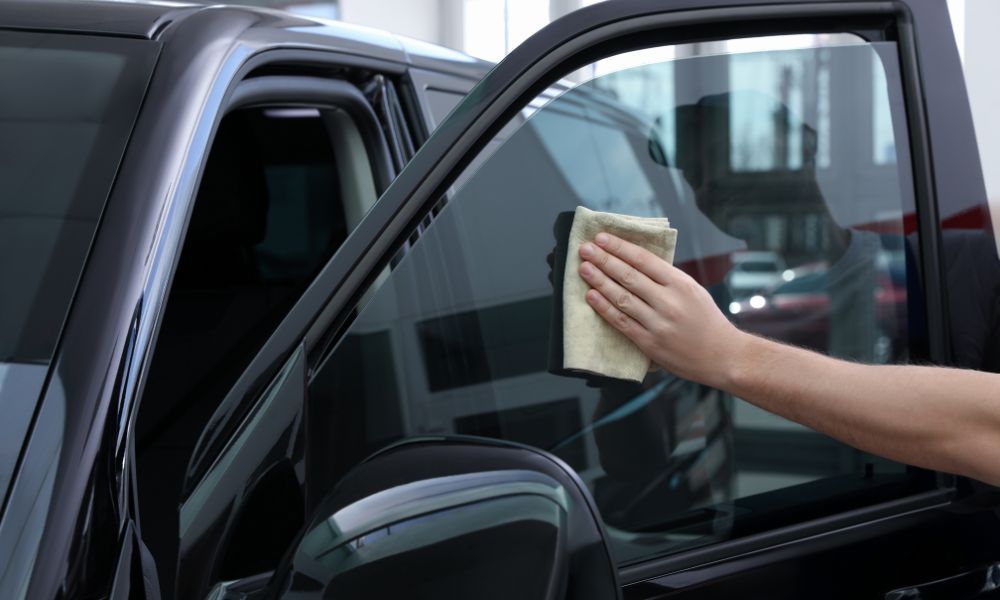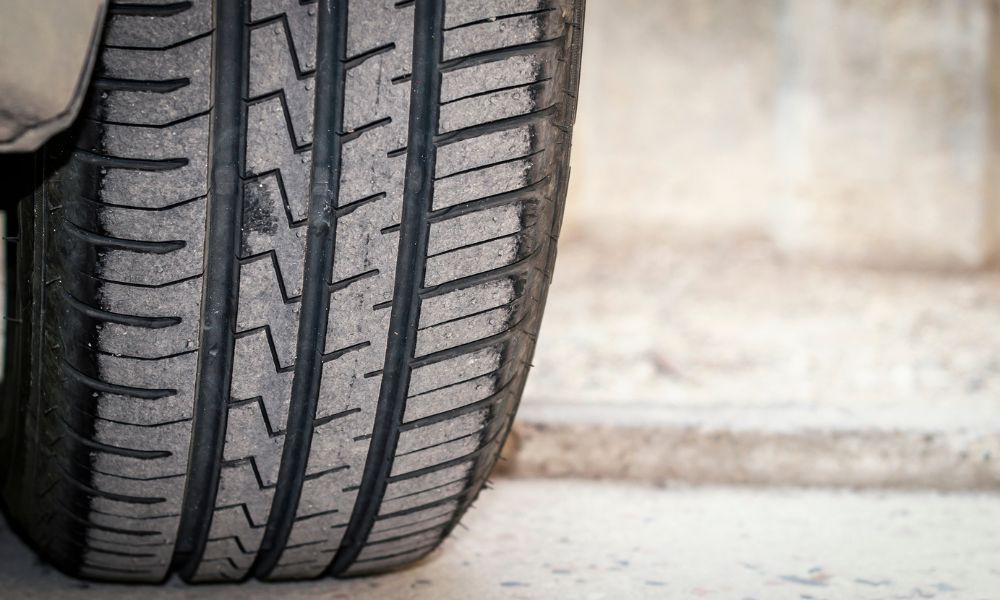Why Are Window Tinting Laws So Important?
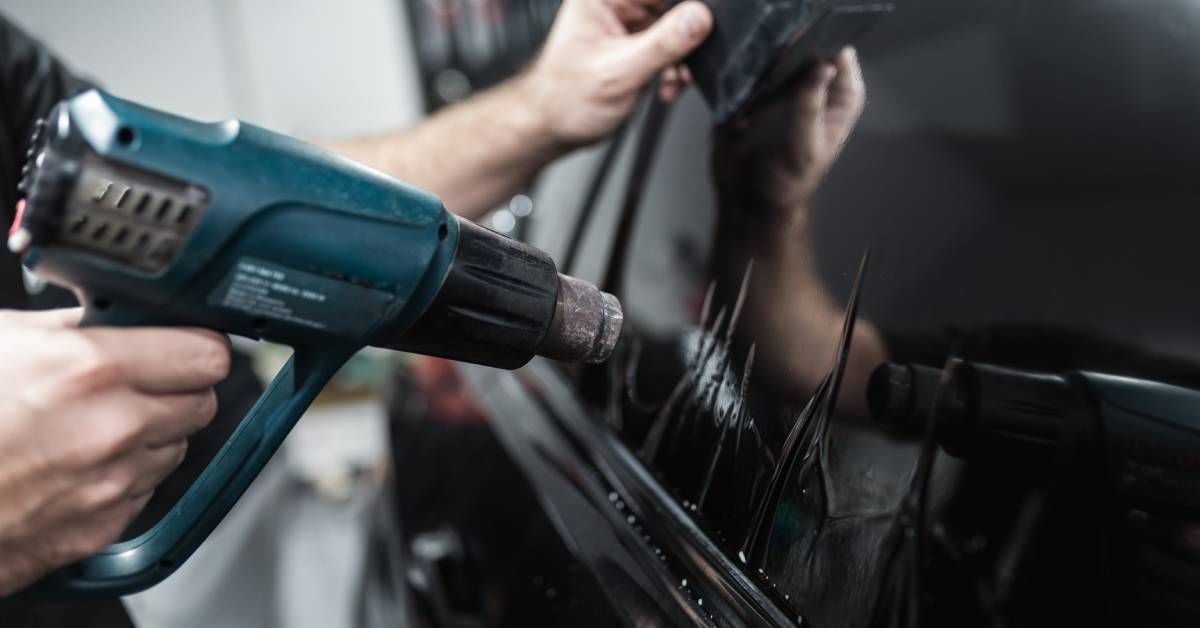
Window tinting can feel like a cool and mysterious upgrade for your car or truck, but did you know there are laws about how dark those windows can be? For many drivers, window tinting is more than just an aesthetic choice; it’s about privacy, comfort, and safety.
However, understanding the legalities of window tinting is crucial before conducting this automotive improvement. This guide dives into the world of window tinting regulations, revealing why window tinting laws are so important for car and truck owners alike. Whether you’re considering tinting your windows or already have, follow this guide to avoid legal complications while driving.
Navigating Window Tinting Laws
Window tinting involves applying a thin laminate film to the interior or exterior of a vehicle’s glass surfaces. This film can serve several purposes, from reducing glare and UV exposure to enhancing privacy and security. Diving into the world of window tinting laws can seem difficult at first, but understanding these regulations is essential to ensure you are compliant and safe on the road.
Window tinting laws arise due to safety concerns. The regulations can differ significantly from one state or county to another.
At Fat Lip Customs, we perform custom window tinting in Texas. The state has very specific laws surrounding vehicle window tinting. From the color to the amount of tinting, there are many requirements to ensure a law-abiding tint. For instance, the law requires you to tint no more than the top five inches of the front windshield.
At the core of most tinting legislation is the measure of visible light transmission (VLT), which dictates how much light must pass through the vehicle’s window. A regulation in your area may require that the front side windows allow more than 70 percent of light to pass through, while rear windows can have a lower percentage, offering increased privacy.
Staying up to date on your local tinting laws ensures you can fine-tune your design to meet your needs without compromising the legality of the vehicle.
Be an Informed Driver To Avoid Legal Consequences
Understanding these nuances requires thorough research, and it is advisable to start by checking your local Department of Motor Vehicles (DMV) or equivalent government body’s guidelines. In many cases, the DMV provides detailed information about the acceptable VLT levels and other parameters according to your location. Some regions may even require a certification or sticker on the tinted windows to confirm compliance with the laws.
Noncompliance can result in a range of consequences, from fines and citations to the mandatory removal of non-compliant films. Repeated offenses might lead to increased penalties. Therefore, if you find out that a component of your vehicle’s tint is not up to current regulations, make the proper changes as soon as possible.
Ultimately, successful navigation of the tinting law labyrinth is about informed decision-making. If you’re considering modifications, it’s prudent to consult with professional tint installers who are familiar with local laws. They can guide you toward products that meet legal standards and suggest the optimal solution for both your aesthetic and practical needs. Remember, the effort you put into understanding and complying with tinting laws not only keeps you legal but enhances your overall driving experience.
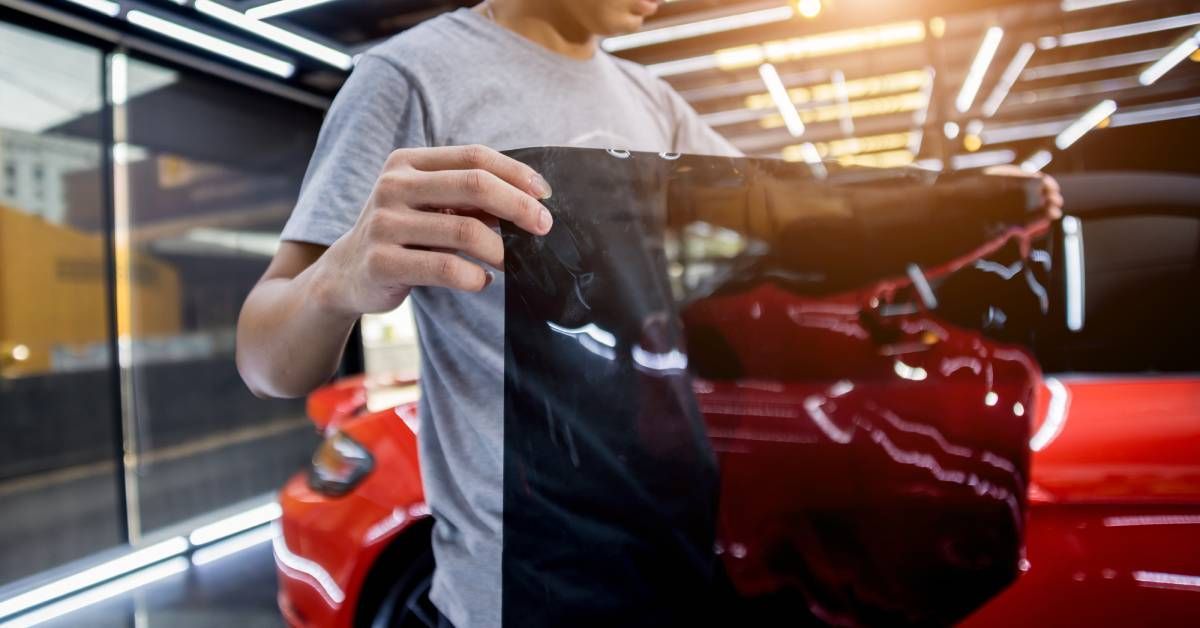
Making a Safe, Stylish Modification
Finding the right balance between safety and style with window tinting is both an art and a science. While window tints undoubtedly enhance the aesthetic appeal of your vehicle, adding a sleek and sophisticated touch, their primary purpose extends far beyond just looks.
It is crucial to consider how window tinting impacts safety, particularly concerning visibility and compliance with legal standards. Tints that are excessively dark can significantly reduce visibility, especially during nighttime driving or in adverse weather conditions. This decreased visibility can increase the risk of accidents, making adherence to legal limits not just a matter of compliance but one of safety.
The Full Tint Experience
High-quality tints minimize glare from the sun; they vastly improve daytime driving conditions by reducing eye strain and fatigue for the driver. Additionally, many tinted films are carefully engineered to block harmful ultraviolet rays. This provides critical protection for both passengers and the vehicle’s interior.
Over time, UV exposure can cause significant damage to the car’s interior—such as fading and cracking upholstery—so a quality window tint acts as a protective barrier.
As mentioned above, it’s all about finding that perfect middle ground where your window tints meet your style preferences without overlooking safety and legal considerations. Selecting appropriate window tints ensures you can enjoy a stunning vehicle appearance while staying safe and compliant on the road.
High-quality tints may come with a high price tag. Nevertheless, they offer better durability and the benefits of legal compliance. It’s worth investing in quality window tints from the start to avoid issues down the road.
The Roadmap to Complying With Window Tinting Laws
So, why are window tinting laws so important? Simply put, following these laws will increase your comfort, keep your vehicle looking great, and prevent legal consequences.
Staying on the right side of the law with your window tints isn’t a complicated process. Start by researching the specific tinting laws in your area. Compare the rules with the specifications of the tint you’re considering or already have. If you have any questions or concerns about the regulations, consult a professional for advice tailored to your situation.
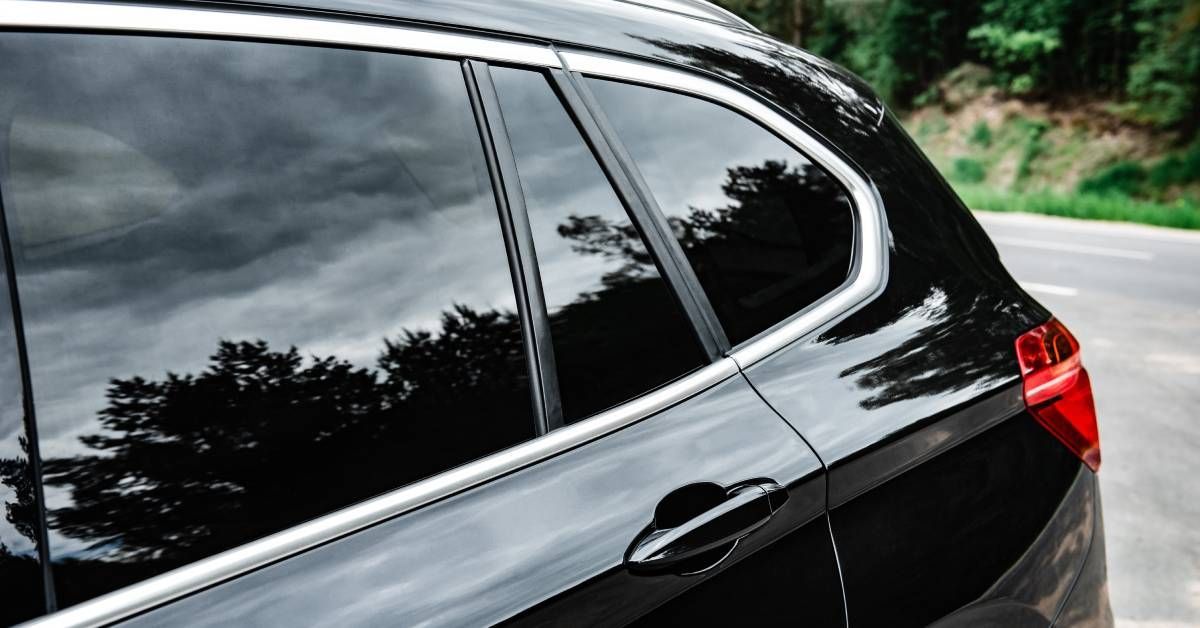
Wrapping Up With Key Takeaways
Window tinting offers enhanced visibility while driving and reduces UV-ray exposure. These benefits bring drivers comfort and safety. However, drivers won’t reap all the benefits of window tinting without adhering to window tinting laws.
The goal is to ensure your vehicle remains safe and comfortable for you and your passengers. By staying informed and choosing high-quality, legal tints, you can enjoy all the advantages of this popular vehicle modification without repercussions.
Remember, informed decisions lead to safer and more enjoyable driving experiences. Now is the time to take action, whether that means checking your current tints or planning your next upgrade. Stay within the law and keep your ride looking incredible!


